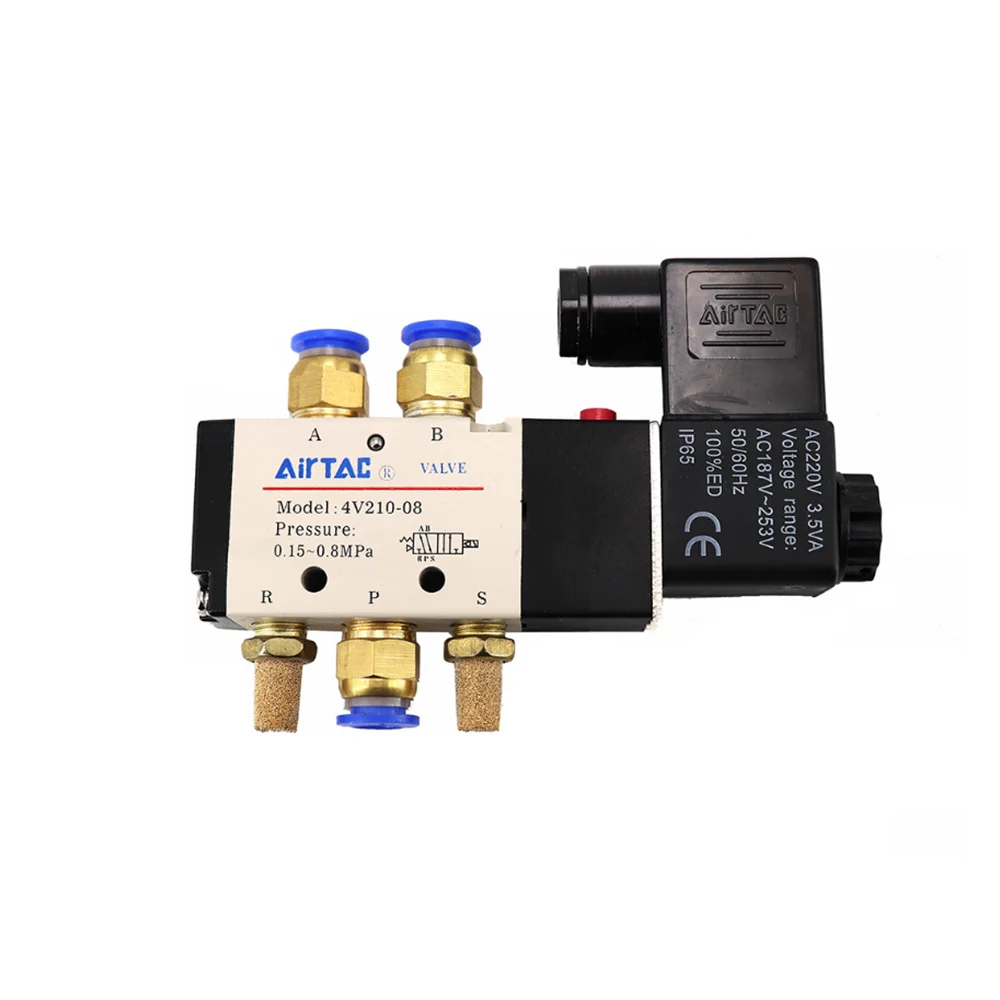
What is the required flow rate, port size and number of ports? As with any valve, these factors depend entirely the valve function and what system it is being integrated into.ĭo I need anything else to make a solenoid valve work?. 
Getting this wrong will lead to increased energy costs and potential burnout of the solenoid. If the reverse is true, then a normally closed valve will be needed. If a line will be mostly in flow, then a normally open valve will be needed. The single most important consideration is the potential effect of a power cut or valve failure – is it safer for flow to stop or continue if this happens? If there are no safety considerations, then consider whether the line will be open or closed most of the time.
Do you need a N/O or a N/C valve? The valve must be appropriate to the application. How quickly does the valve need to open or close? Piloted valves take longer to switch than direct acting valves, but require less power. It will also tell you whether a direct acting, internally or externally piloted valve is needed. What is the pressure of the line? This will dictate how much power is required. The type of solenoid required will depend on several factors. Solenoid valves can be controlled by a computer, making them easier to integrate into Industry 4.0 systems. Control boards digitally set valves to operate at timed intervals or can be programmed to operate the valve when certain conditions are met, for instance when it receives a signal from a pressure switch. Most of the time however, more complex control is required using a control board. How is a solenoid valve controlled?Īt the simplest level, solenoids can be controlled using a manually operated electrical on/off switch, which is sufficient in some applications. Externally piloted valves are typically used in low pressure, vacuum or alternative porting scenarios, where there is low, negative or no pressure in the valve itself to facilitate movement. This external air source is fed into an extra port on the valve. This must come from upstream of the valve, but can also be provided from a separate circuit. As the solenoid is controlling much smaller openings, it requires much less power to move compared to a directing acting solenoid valve.Įxternally piloted solenoid valves work in a similar way to internally piloted valves, but use air from an external source to assist valve movement, rather than pressure within the valve. When this is opened, pressure in the line pushes the spool across, opening the valve. In internally piloted valves, the solenoid gates a smaller passage between the line and a cavity behind the spool. This makes them capable of controlling air flow using less power than is exerted by pressure in the line. 
Unlike direct acting solenoids, internally piloted valves work with system pressure to aid control, rather than against it. This is because flow can be limited, and they consume a large amount of electrical power. In a N/O valve, the opposite happens – the spring keeps the spool in the open position.ĭirect acting solenoid valves are of limited use and are only seen in about 10% of applications. When the solenoid is charged, the magnetic field causes the solenoid rod to lift, moving the spool and allowing air to pass through to the other side. With direct acting, N/C valves, the solenoid rod is attached to a spool and kept in place by spring.

They do not require any line pressure to work, and can operate in vacuum conditions. In the case of direct acting solenoid valves, the force generated by the solenoid must be greater than the force exerted by the pressure of the air. Solenoid piloted valves can be further divided into internally or externally piloted valves, and are sometimes referred to as servo-assisted solenoid valves. What are the different types of solenoid valve?Īs we shall see, solenoid valves can be split into the following broad categories: direct acting or solenoid piloted.
#PNEUMATIC ELECTRIC SOLENOID VALVE INSTALL#
Solenoid valves eliminate the need for manual or pneumatic control of a pneumatic circuit and only require an electrical input (and air pressure for piloted valves) to operate, this makes them easy to program and install in a wide variety of applications.







 0 kommentar(er)
0 kommentar(er)
